Herbs are used in culinary and medicine. In some cases they even have spiritual usage. The green, leafy part of plant is often used, but herbal medicine makes use of the roots, flowers, seeds, root bark, inner bark (cambium), berries and sometimes the pericarp or other portions.
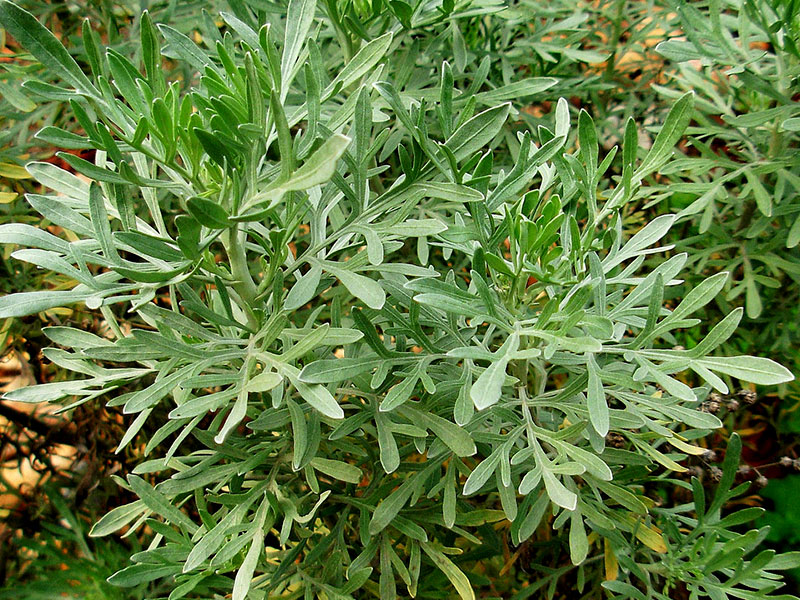
Absinth (Artemisia absinthium)
Leaves are occasionally used as a flavoring. Caution is advised, prolonged use is known to have a detrimental effect. The plant is poisonous if used in large quantities. Even small quantities have been known to cause nervous disorders, convulsions, insomnia.

Aloe Vera (aloe)
You probably already know how good Aloe Vera is for your skin. Did you also know it is one of the most vitamin and mineral-packed nutrition drinks that you can find.

Althaea (Althaea officinalis)
It’s soothing demulcent properties make it very effective in treating inflammations and irritations of the mucous membranes such as the alimentary canal, the urinary and the respiratory organs. The root counters excess stomach acid, peptic ulceration and gastritis. It is also applied externally to bruises, sprains, aching muscles, insect bites, skin inflammations, splinters.
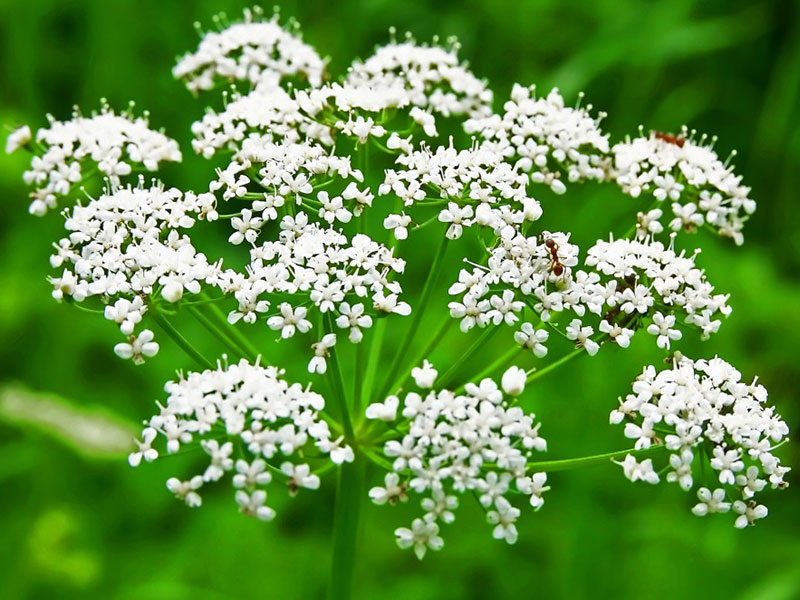
Anise (Pimpinella anisum)
Anise, also called aniseed, is a flowering plant in the family Apiaceae native to the eastern Mediterranean region and Southwest Asia. Its flavor has similarities with some other spices, such as star anise, fennel, and liquorice

Balm (Melissa officinalis)
Lemon balm, balm, common balm, or balm mint, is a perennial herbaceous plant in the mint family Lamiaceae and native to south-central Europe, the Mediterranean Basin, Iran, and Central Asia, but now naturalized in the Americas and elsewhere.

Basil seed
When soaked in water the seeds of several basil varieties become gelatinous, and are used in Asian drinks.
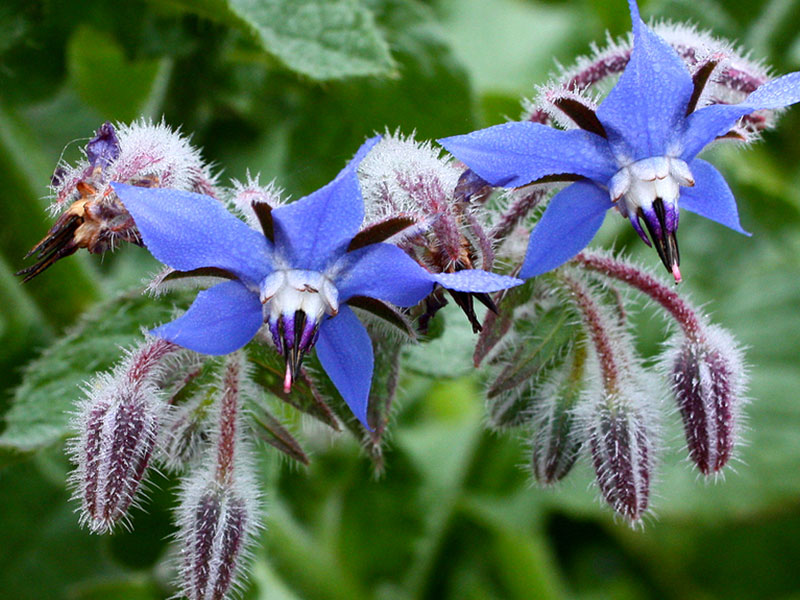
Borage (Borago officinalis)
They are used as a decorative garnish on salads and summer fruit drinks. The flowers are very nice, both to look at and to taste with a sweet slightly cucumber-like flavor. A refreshing tea is made from the leaves and/or the flowers.
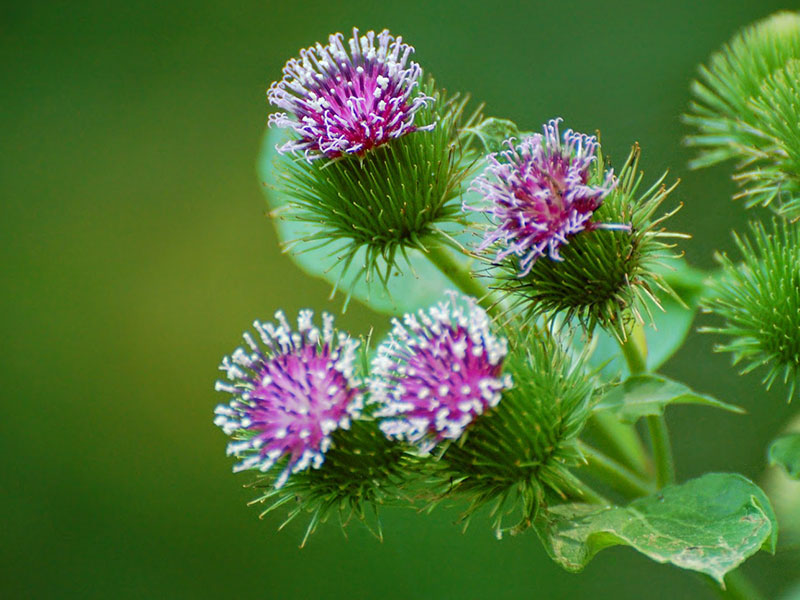
Burdock (Arctium Lappa)
It is used to treat conditions caused by an 'overload' of toxins, such as throat and other infections, boils, rashes and other skin problems. The root is thought to be particularly good at helping to eliminate heavy metals from the body.
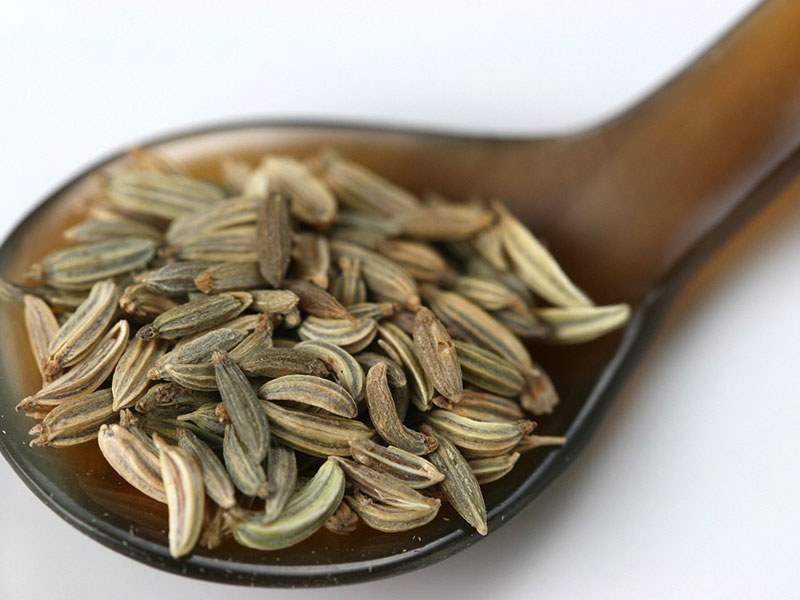
Caraway seed (Carrum Carvi)
A spicy flavor, it is used as a flavoring in confectionery and bread, also as a flavoring in salads, vegetables etc. It is high in protein and fat. The seed is often chewed after a meal in order to sweeten the breath and also to relieve heartburn after a rich meal.
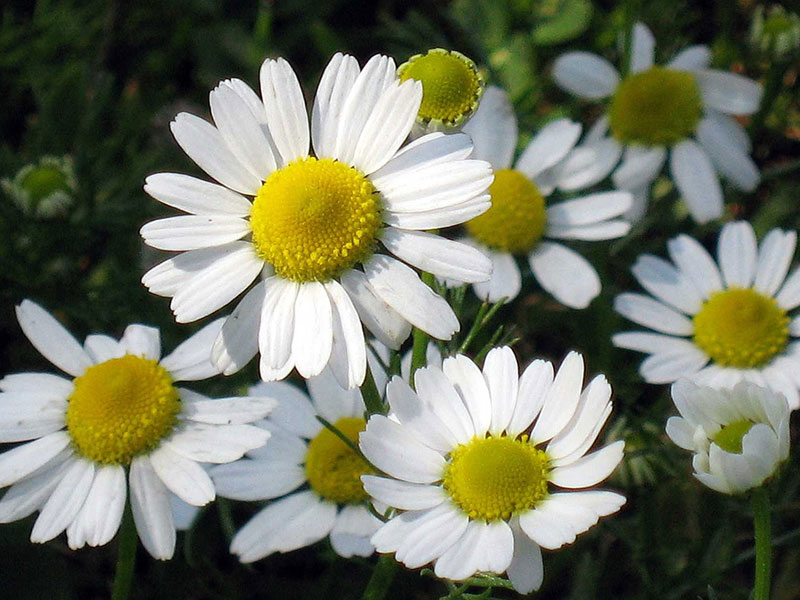
Chamomile (Matric aria chamomilla)
Chamomile or camomile is the common name for several daisy-like plants of the family Asteraceae. Two of the species are commonly used to make herb infusions thought to have medicinal uses, although there is no high-quality evidence they are effective.

Chicory (Cichorium intybus)
The blanched leaves are often used in winter salads (they are known as chicons) and are also cooked. Chicory-root is free of harmful ingredients, and is essentially a concentrated combination of three sugars (pentose and dextrose) along with taraxarcine (the bitter principle of dandelion).Roots are used in seasoning soups, sauces and gravies, and to impart a rich deep color. The roasted root is used as a caffeine-free coffee adulterant or substitute.
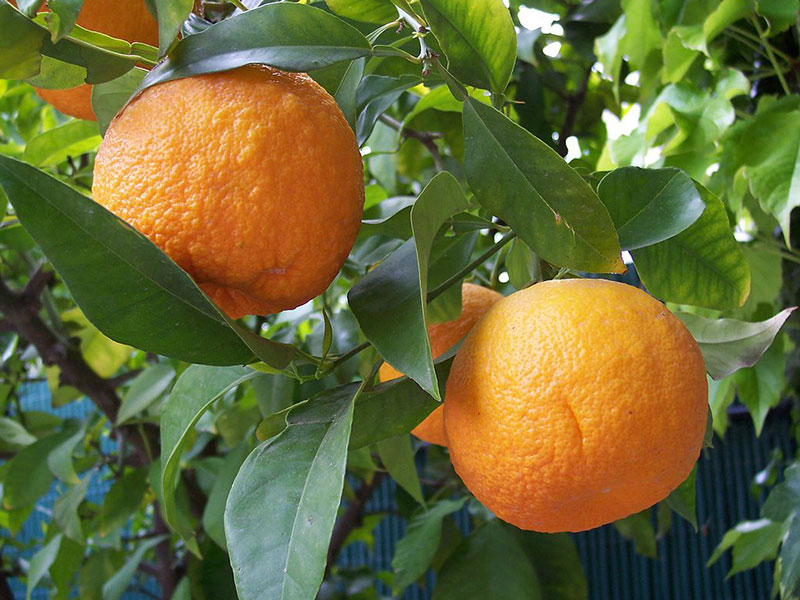
Citrus bigaradia flower
Bitter orange, Seville orange, sour orange, bigarade orange, or marmalade orange refers to a citrus tree and its fruit. It is native to southeast Asia, and has been spread by humans to many parts of the world.

Coriander (Corian drum sativum)
Coriander, also known as cilantro or Chinese parsley, is an annual herb in the family Apiaceae. All parts of the plant are edible, but the fresh leaves and the dried seeds are the parts most traditionally used in cooking.
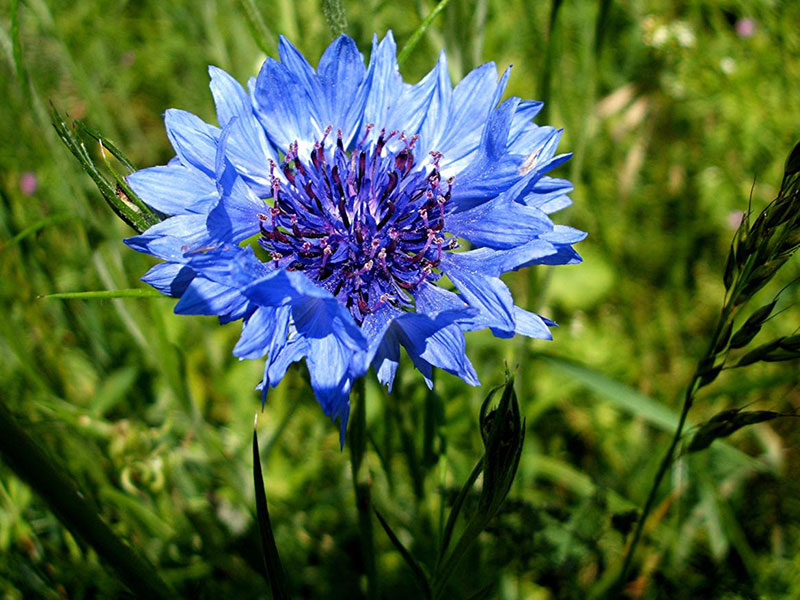
Corn flower (centaurea cyanus)
Cornflowers have light green branching stems topped by deep blue floral centers that are ringed evenly by pointed florets of the same intense blue hue.In addition to containing essential nutrients that include biotin (vitamin B7) and calcium, the flower buds also include other active compounds.

Cumin seed (cuminum cyminum)
Cumin (Cuminum cyminum) is a flowering plant in the family Apiaceae, native to a territory including Middle East and stretching east to India. Its seeds – each one contained within a fruit, which is dried – are used in the cuisines of many cultures in both whole and ground form. Although cumin is thought to have uses in traditional medicine, there is no high-quality evidence that it is safe or effective as a therapeutic agent.
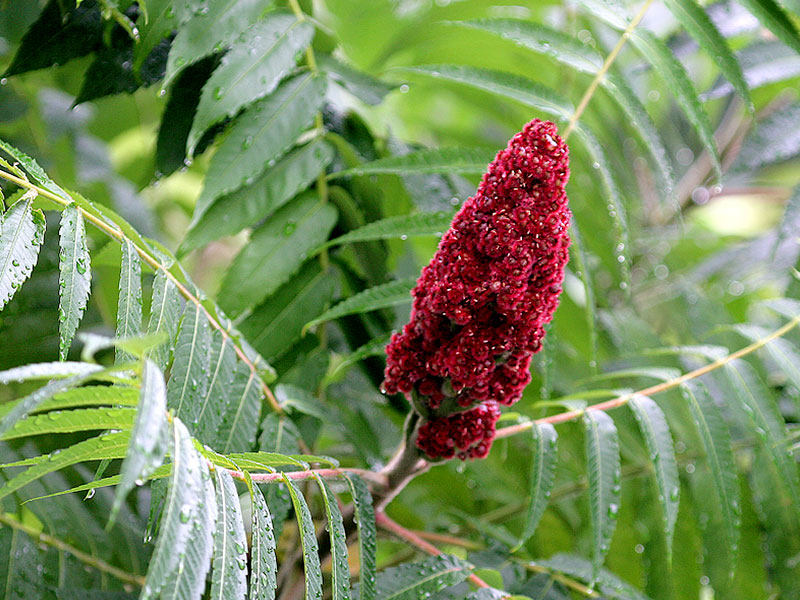
Curriers sumach (rhus coriaria)
Rhus coriaria, commonly called Sicilian sumac, tanner's sumach, or elm-leaved sumach, is a deciduous shrub to small tree in the Anacardiaceae or cashew family, native to southern Europe. The dried fruits are used as a spice, particularly in combination with other spices in the mixture called za'atar.

Damask rose (rosa damascena)
Rosa × damascena, more commonly known as the Damask rose, or sometimes as the rose of Castile, is a rose hybrid, derived from Rosa gallica and Rosa moschata. Further DNA analysis has shown that a third species, Rosa fedtschenkoana, is associated with the Damask rose. The flowers are renowned for their fine fragrance, and are commercially harvested for rose oil used in perfumery and to make rose water and "rose concrete". The flower petals are also edible. They may be used to flavor food, as a garnish, as an herbal tea, and preserved in sugar as gulkand.

Dill
Used as a flavoring in salads. Seed are very pungent and bitter in taste. It is used as a flavoring in salads, preserves, its chief uses being perhaps in making dill vinegar and as a flavoring in pickled gherkins. It can also be sprouted and used in breads, soups and salad dressings. A tea is made from the leaves and/or the seeds.

Eucalyptus globolus
The bark sheds often, peeling in large strips. The broad juvenile leaves are borne in opposite pairs on square stems. They are about 6 to 15 cm long and covered with a blue-grey, waxy bloom, which is the origin of the common name "blue gum". The mature leaves are narrow, sickle-shaped and dark shining green. They are arranged alternately on rounded stems and range from 15–35 cm in length. The buds are top-shaped, ribbed and warty and have a flattened operculum bearing a central knob.

Fennel (Foeniculum vulgare)
Fennel is a flowering plant species in the carrot family. It is a hardy, perennial herb with yellow flowers and feathery leaves. It is indigenous to the shores of the Mediterranean but has become widely naturalized in many parts of the world, especially on dry soils near the sea-coast and on riverbanks. It is a highly aromatic and flavorful herb with culinary and medicinal uses and, along with the similar-tasting anise, is one of the primary ingredients of absinthe. Florence fennel or finocchio is a selection with a swollen, bulb-like stem base that is used as a vegetable.

Galbanum (ferula gumosa)
Galbanum is an aromatic gum resin and a product of certain umbelliferous Persian plant species in the genus Ferula, chiefly Ferula gummosa and Ferula rubricaulis. Galbanum-yielding plants grow plentifully on the slopes of the mountain ranges of northern Iran.
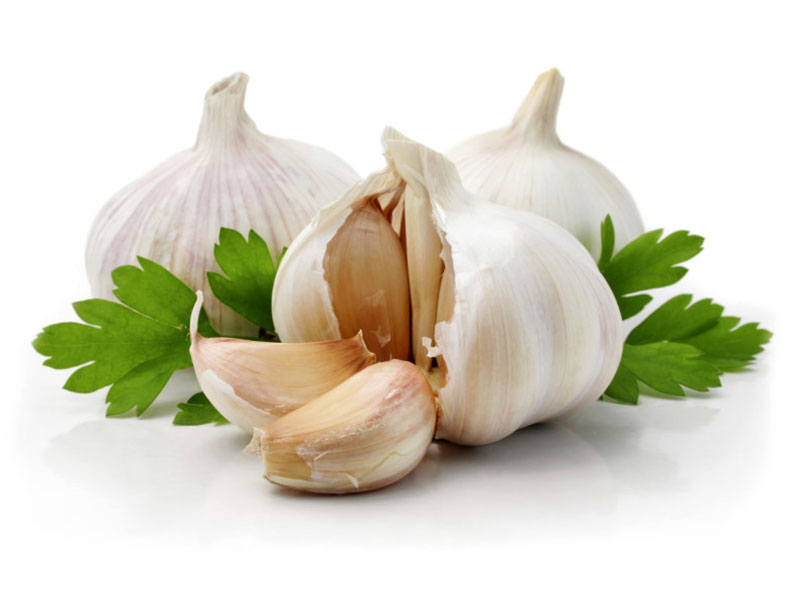
Garlic (allium sativum)
Widely used, especially in southern Europe, as a flavoring in a wide range of foods, both raw and cooked. Garlic is a wonderfully nutritious and health giving addition to the diet, but it has a very strong flavor and so is mainly used in very small quantities as a flavoring in salads and cooked foods.
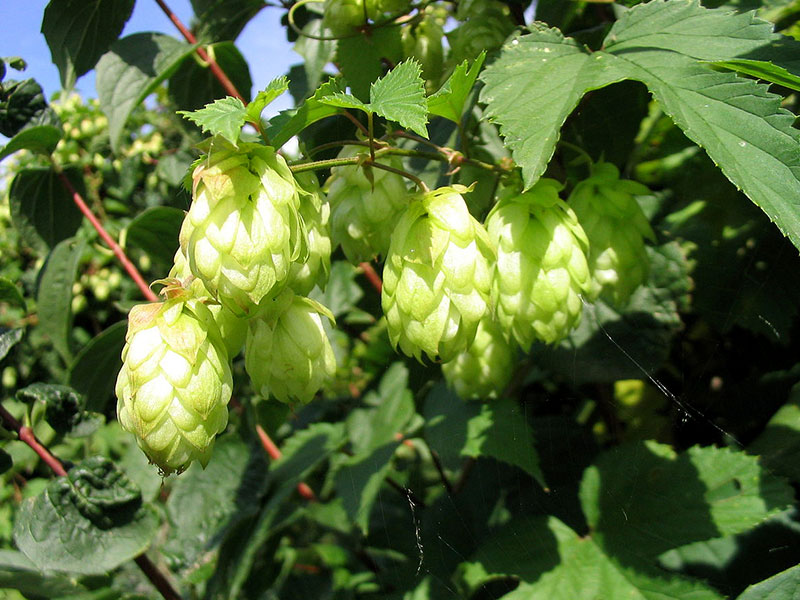
Hop (humulus lupulus)
Humulus lupulus is a species of flowering plant in the Cannabaceae family, native to Europe, western Asia and North America. It is a dioecious, perennial, herbaceous climbing plant which sends up new shoots in early spring and dies back to a cold-hardy rhizome in autumn. Hops are described as bine plants rather than vine because, unlike vines, they have stiff downward facing hairs that provide stability and allow them to climb. These shoots allow H. lupulus to grow anywhere from 4.6 to 6.1 metres . Hops have fragrant, wind-pollinated flowers that attract butterflies

Hyssopus (hyssopus officinalis)
Hyssopus is a genus of herbaceous or semi-woody plants in the family Lamiaceae, native from the east Mediterranean to central Asia as far east as Mongolia. They are aromatic, with erect branched stems up to 60 cm long covered with fine hairs at the tips. The leaves are narrow oblong, 2–5 cm long. The small blue flowers are borne on the upper part of the branches during summer. By far the best-known species is the herb hyssop, widely cultivated outside its native area in the Mediterranean.

Lavander (lavandula stoechas)
lavender is a genus of 47 known species of flowering plants in the mint family, Lamiaceae. It is native to the Old World and is found from Cape Verde and the Canary Islands, Europe across to northern and eastern Africa, the Mediterranean, southwest Asia to southeast India. Many members of the genus are cultivated extensively in temperate climates as ornamental plants for garden and landscape use, for use as culinary herbs, and also commercially for the extraction of essential oils. The most widely cultivated species, Lavandula angustifolia, is often referred to as lavender, and there is a color named for the shade of the flowers of this species.

Lemon verbena (lippia citriodora)
Aloysia citrodora is a species of flowering plant in the verbena family Verbenaceae, native to western South America. Common names include lemon verbena and lemon beebrush. It was brought to Europe by the Spanish and the Portuguese in the 17th century and cultivated for its oil.

Liquorice (glycyrrhiza giobra)
Used as a flavouring. The source of liquorice powder that is extracted and used in sweets, baked goods, ice cream, soft drinks etc. it is also used medicinally.
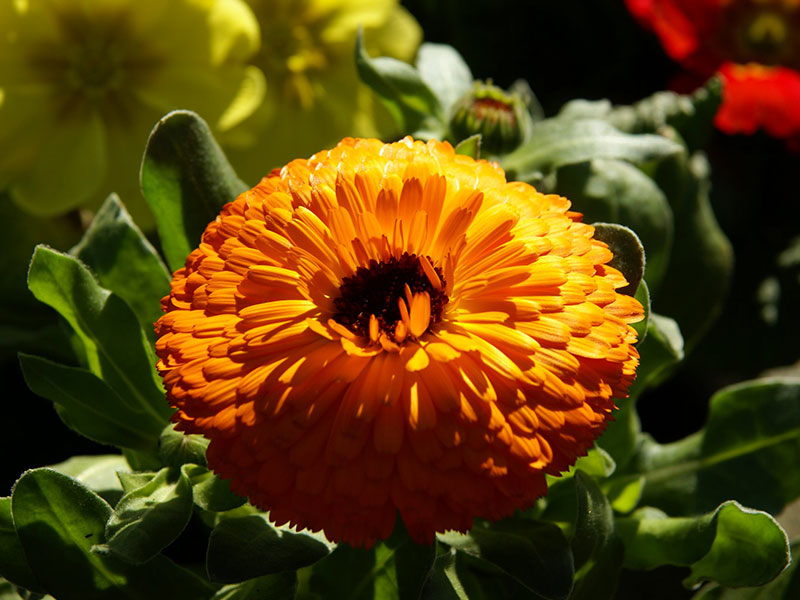
Mari gold (calendula officinalis)
Pot marigold is one of the best known and versatile herbs in Western herbal medicine and is also a popular domestic remedy. It is, above all, a remedy for skin problems and is applied externally to bites and stings, sprains, wounds, sore eyes, varicose veins etc. It is also a cleansing and detoxifying herb and is taken internally in treating fevers and chronic infections.

Marjoram (origanum majorana)
Marjoram is a somewhat cold-sensitive perennial herb or undershrub with sweet pine and citrus flavors. In some Middle Eastern countries, marjoram is synonymous with oregano, and there the names sweet marjoram and knotted marjoram are used to distinguish it from other plants of the genus Origanum. It is also called pot marjoram, although this name is also used for other cultivated species of Origanum.
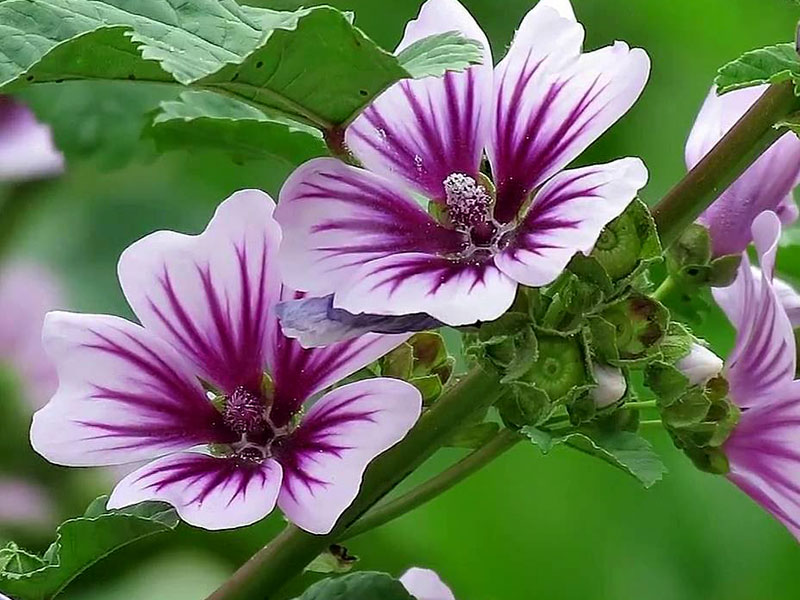
Marsh-mallow (malva sylvestris)
marsh-mallow is a perennial species indigenous to Europe, Western Asia, and North Africa, which is used as a medicinal plant and ornamental plant. A confection made from the root since ancient Egyptian time evolved into today's marshmallow treat
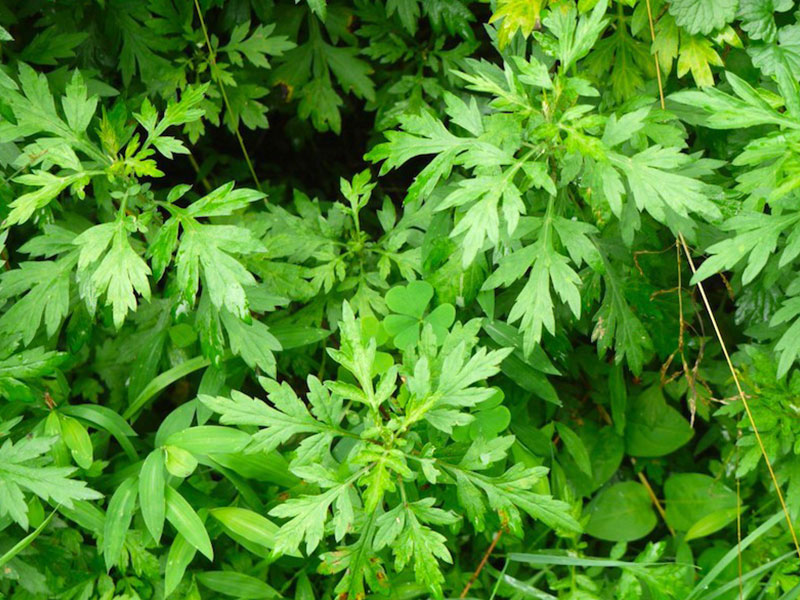
Mugwort
Mugworts are used medicinally, especially in Chinese, Japanese, and Korean traditional medicine. Some mugworts have also found a use in modern medicine for their anti-herpetic effect. They are also used as an herb to flavor food. In Korea, mugworts were also used for plain, non-medicinal consumption; in South Korea, mugworts, called ssuk, are still used as a staple ingredient in many dishes including rice cakes and soup.

Nettle (urtica dioica)
Urtica dioica is a herbaceous perennial flowering plant in the family Urticaceae. It is native to Europe, Asia, northern Africa, and North America, and introduced elsewhere. The species is divided into six subspecies, five of which have many hollow stinging hairs called trichomes on the leaves and stems, which act like hypodermic needles, injecting histamine and other chemicals that produce a stinging sensation upon contact . The plant has a long history of use as a source for traditional medicine, food, tea, and textile raw material in ancient societies.

Passion flower (passiflora)
Passiflora is a genus of about 550 species of flowering plants, the type genus of the family Passifloraceae. They are mostly tendril-bearing vines, with some being shrubs or trees. They can be woody or herbaceous. Passion flowers produce regular and usually showy flowers with a distinctive corona. The flower is pentamerous and ripens into an indehiscent fruit with numerous seeds. For more information about the fruit of the Passiflora plant, see passionfruit.

Pennyroyal (mentha pulegium)
Mentha pulegium is a species of flowering plant in the Lamiaceae family, or mint family, native to Europe, North Africa, and the Middle East. Crushed pennyroyal leaves emits a very strong fragrance similar to spearmint. Pennyroyal is a traditional folk remedy, emmenagogue, abortifacient, and culinary herb. European pennyroyal is related to an American species, Hedeoma pulegioides. Though they differ in genera, they share similar chemical properties.

